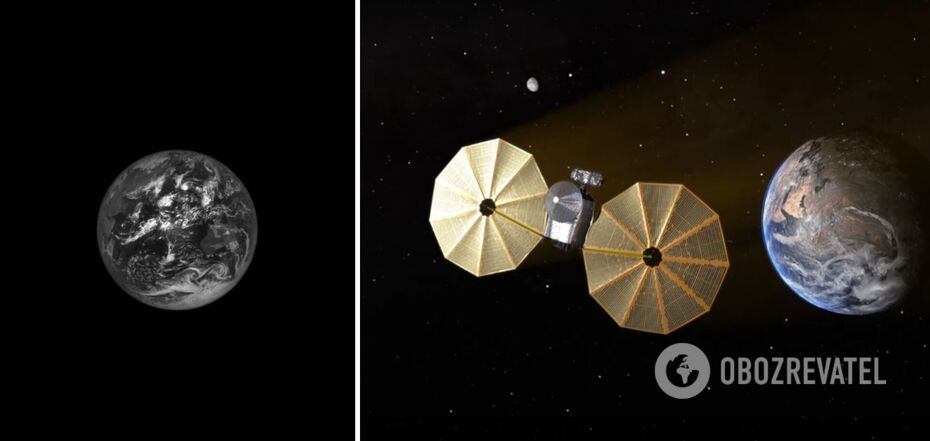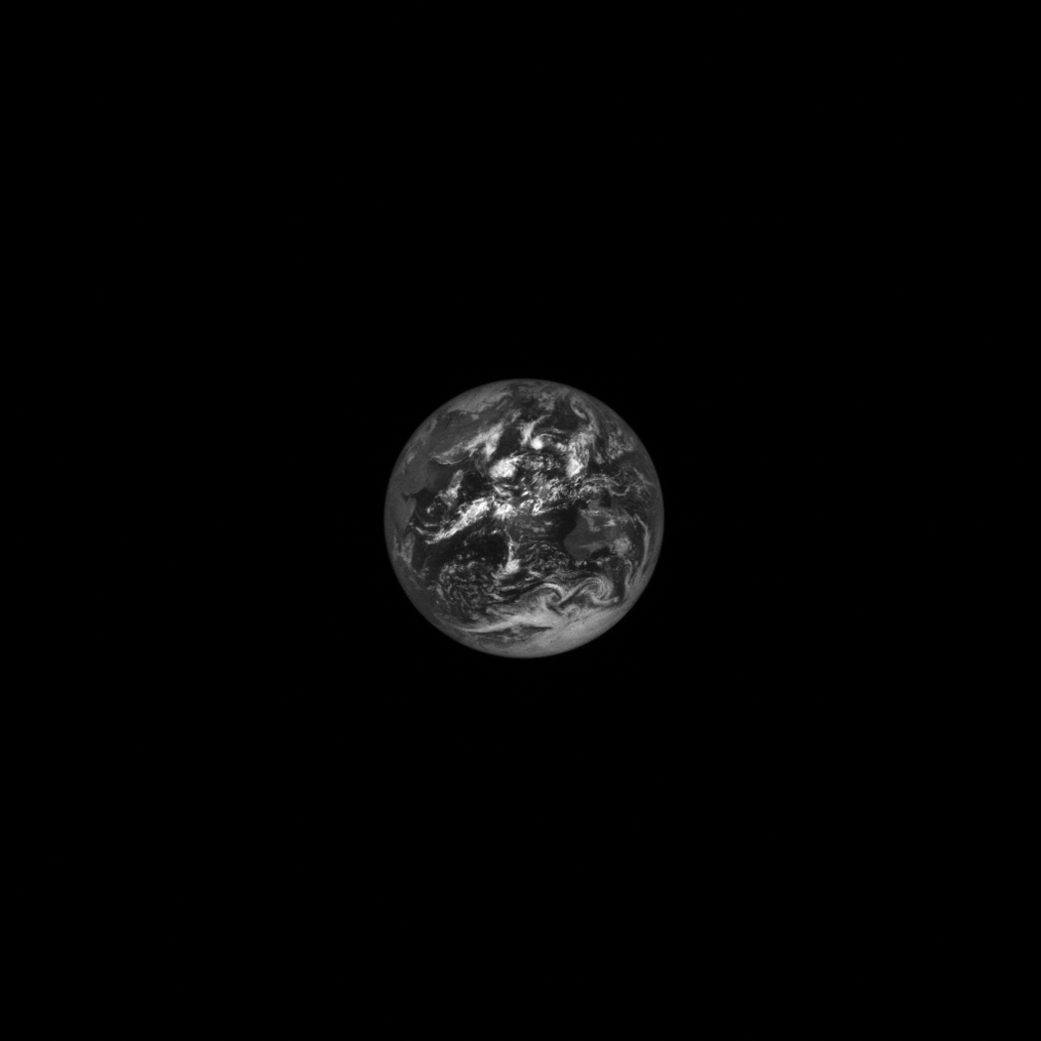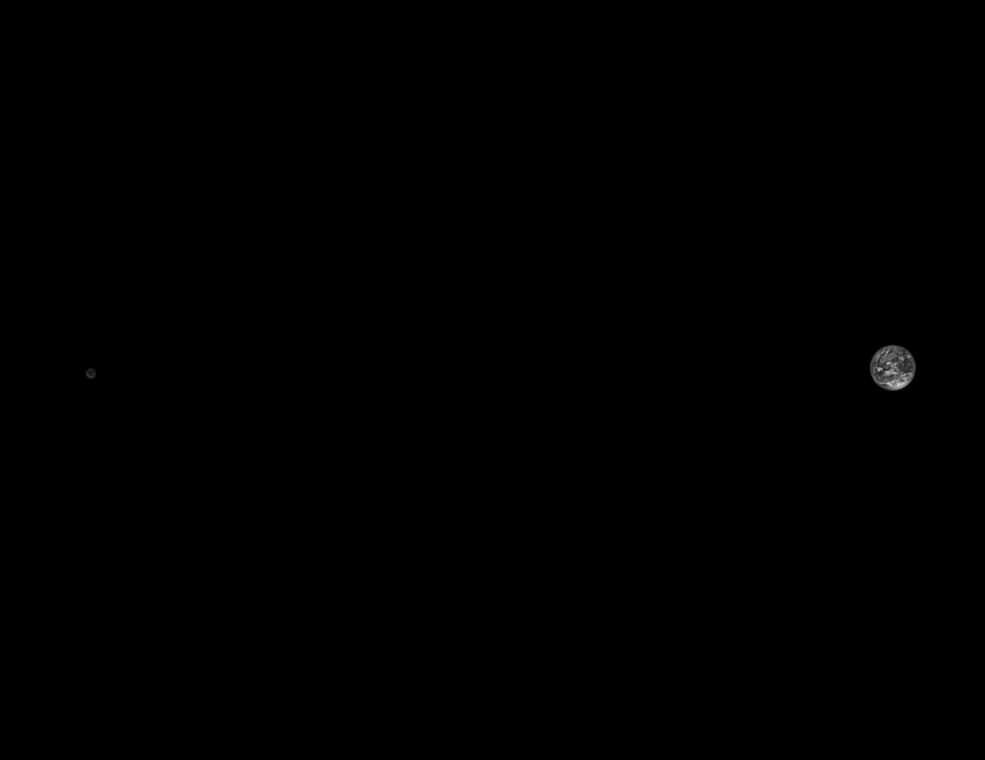News
NASA's Lucy probe shows what the Earth and Moon look like from a distance of 1.4 million kilometers: impressive photos
NASA's Lucy probe is on a mission to study Jupiter's Trojan asteroids, an ancient population of "fossils" that orbit the Sun at the same distance as the gas giant itself. During its journey, the spacecraft captured several touching views of the home planet.
The corresponding photos taken by the probe on October 15 and 13 were published on the NASA website. These images show how beautiful and lonely our planet is.
The vivid black-and-white image shows the "marble" of the Earth with speckled clouds against the dark background of space. Lucy photographed our planet from a distance of 620 thousand kilometers on October 15.
"The upper left corner of the image includes a view of Hadar, Ethiopia, home to the 3.2 million-year-old fossils of human ancestors after whom the spacecraft was named," NASA said in a statement.
NASA has also released another image showing the Earth and Moon as seen by the probe on October 13 at a distance of 1.4 million kilometers. Our planet and its eternal moon look so small. In the photo, you can see the Earth near the right edge, and the Moon is faintly visible on the left.
The images were taken as part of an instrument calibration sequence as the spacecraft approached Earth for its first of three Earth gravity assist flybys.
These flybys of Earth provide the probe with the velocity needed to reach the Trojan asteroids.
The 12-year mission of NASA's Lucy probe, which began on October 16 last year, is the first approach to Jupiter's Trojan asteroids.
During this time, Lucy will fly past a record number of asteroids and explore their diversity, looking for clues to better understand the formation of the solar system.
As reported by OBOZREVATEL, another NASA Parker probe has "touched" the Sun for the first time. the Sun. In December last year, for the first time in history, a spacecraft flew through the upper layers of the Sun's atmosphere and collected particles and magnetic fields there. Scientists called it a giant leap forward in science, as the probe allowed for a deeper understanding of the Sun's structure and how it was formed.
Only verified information is available on our Obozrevatel Telegram channel and Viber. Don't fall for fakes!





























